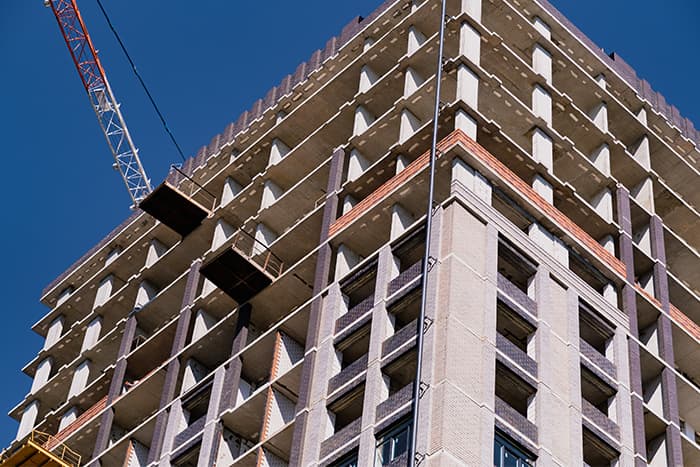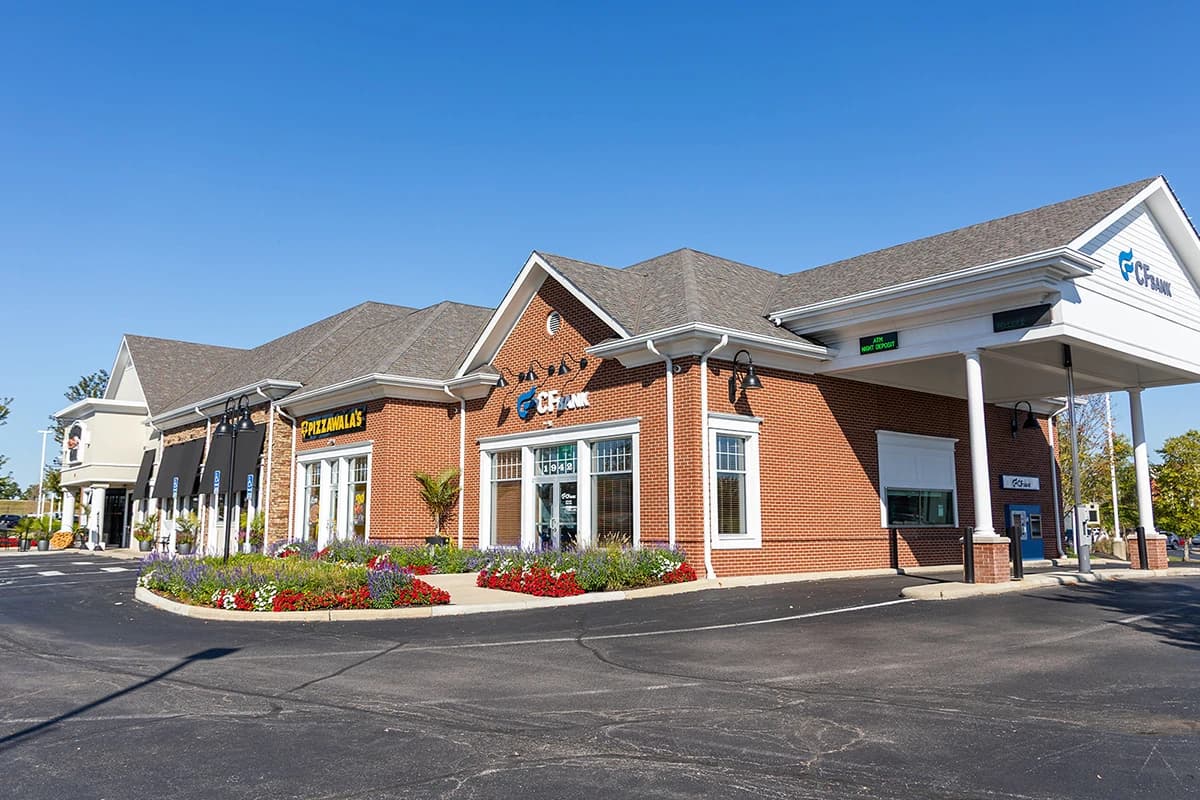
Risks Associated with Commercial Real Estate Investment
Written on December 26th, 2024 | Updated on October 1st, 2025
While commercial real estate tends to provide more stable returns than other investments, it’s not without risks. Some you can anticipate, such as risks associated with the location of your property or regulation compliance. Others, like market fluctuations and inflation, aren’t as easy to predict.
Learning about types of CRE risks will help you analyze potential investment opportunities and practice proactive risk management.
Location Risks
The location of your commercial property can contribute to its operational and financial success. Finding the right property in the right spot based on your goals, population trends, market saturation and environmental concerns can help you maximize your returns.
Here are some risks that affect the performance of a commercial property:
- Local economy
- Shifting demographics, including age and lifestyle preferences
- Neighborhood
- Accessibility
- Zoning restrictions
- Permitting
- Infrastructure, including roads, utilities and modern amenities
Cities can grow and decline based on national and regional economic influences, so the current physical and economic landscape may change over time. Be mindful of the availability of goods and services, too, as they impact the attractiveness of a commercial property to tenants.
Market Risks
Is your potential investment property located in an area dependent on a single industry? What does the current interest rate look like?
Those answers determine whether you invest in a commercial property.
Economic downturns can cause property values to plummet, decreasing the overall demand. For example, the COVID-19 pandemic heavily impacted the number of tenants looking for office space as employees worked remotely and sheltered in place. Times of slow economic growth could also make it difficult for current tenants to make lease payments, which can result in defaults or even vacancies.
During times of economic growth, you may also encounter oversaturation as developers and investors capitalize on projects. That can lead to an oversupply of new properties that outpace demand.
Management Risks
There are many moving parts to consider when investing in commercial real estate. That includes keeping an eye on your assets as well as the new deals you make for other potential properties. Conducting a thorough market analysis can help you understand what to expect in terms of competition, leasing rates and supply and demand.
You’ll also need to carefully vet potential tenants to determine their ability to pay on time. Late lease payments will affect your cash flow, leaving you facing decreased revenue and returns. It’s important to check on your investment property regularly or hire a property management team to do so. A lack of maintenance and upkeep can increase operational costs, strain tenant relationships and increase vacancies.
Operational Risks
Inflation: An increase in inflation can jack up your operational costs, resulting in tighter profit margins. Add more expensive utility costs to that and you could struggle to generate revenue.
Vacancy: Empty units don’t generate income, affecting the long-term profitability of your investment. You may also have to spend more money to advertise and fill those spaces. That’s why it’s important to maintain good relationships with your tenants.
Liquidity: Commercial real estate is an illiquid asset, so it can take time and resources to sell if a property isn’t performing. If you need to liquidate a commercial investment quickly, you may have to take a reduction in the sale price.
Financial Risks
Fluctuations in income, expenses and market conditions can influence the financial viability of a commercial property. It’s also important to account for the cost of materials and labor if you plan to renovate your space. Permit delays may alter your project timeline, accruing additional expenses.
Other financial risks associated with investing in commercial properties include:
- Tenant defaults
- Maintenance and repairs
- Insurance costs
- Tax law changes
- Property value fluctuations
Tips for Managing CRE Risks
- Complete thorough market research on potential properties to ensure you understand local economic trends and demand.
- Conduct an in-person property assessment to identify potential issues and account for repairs.
- Learn about local zoning laws, building codes and environmental regulations to account for potential applications and expenses.
- Diversify your investments across various property types.
- Build cash reserves to accommodate unexpected costs, repairs and vacancies.
Commercial Real Estate Investment in Columbus, Ohio
DRK and Company’s team is well-versed in the Columbus real estate market and can guide you toward profitable opportunities. Following a comprehensive consultation, you’ll receive a market analysis and property listings that best suit your preferences, budget and goals. Contact us to learn about our investment services.


